Wild Fermented Garden Peppers
This post shares an upgraded version of a recipe from my first book which allows you to preserve garden or farmer's market pepper abundance at peak nutrition using low tech and cheap tools/materials
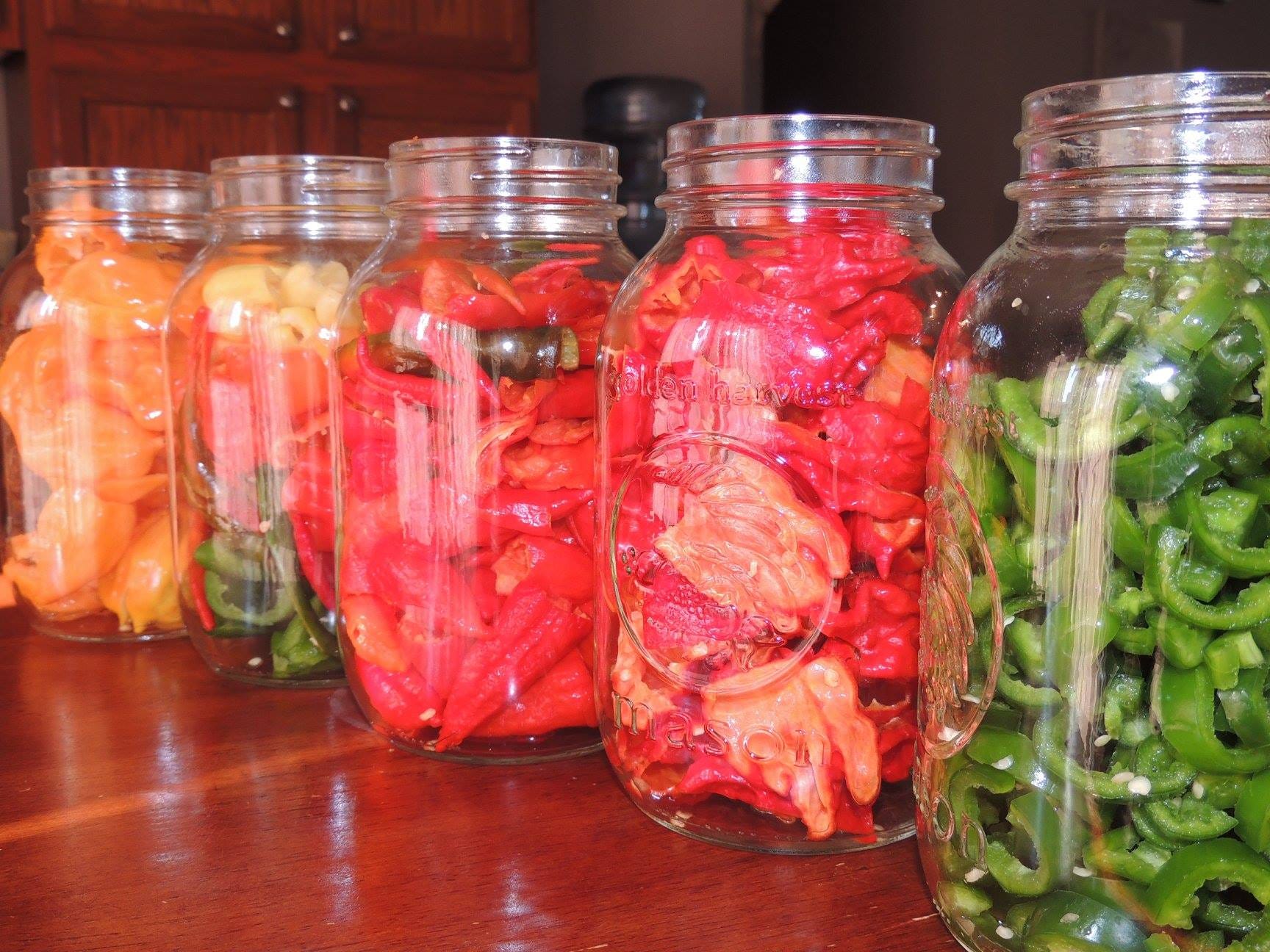
At this time of year my garden is overflowing with an abundance of several varieties of heirloom chili peppers and sometimes I am too busy to set up my hot water canning gear so I opt for back to basics old school lacto-fermentation. All I need is salt, water, jars, a knife and my hands.
This simple and effective technique is what allows me to preserve massive pepper harvests in a hurry (which can be used in a diverse array of ways later on, from sauce, to garnishing meals to snacking and more). This is fantastic, low tech, cheap and nutrient dense preservation method to seal in the freshness of garden peppers whole for later use in a wide variety of dishes, enabling you to have access to fresh, raw, probiotic-rich peppers for favorite recipes year-round.
Ingredients:
- how ever many Garden Fresh (or fresh farmers market purchased peppers) you have access to and want to preserve
- sea salt (1.5 tsp dissolved per 250 ml of brine used to submerge peppers)
- enough jars (or other fermentation vessel make of non-reactive material, such as a ceramic crock) to allow for the peppers to be weighted down with 1/4 space left for expansion during fermentation
Instructions:
Start by dissolving 3 tsp. of sea salt into 500 ml of water (add it to a container and stir until you cannot see salt crystals anymore). Next cut the peppers in half to make sure the inside is healthy (if including large peppers like bell peppers cut into 1 inch wide strips) and then place into your fermentation vessel (a mason jar most cases for us).
Once it is tightly filled with peppers to about two inches from the rim of the jar, two halved large Jalapeño (or bell pepper) sections are added in as caps before adding the fermentation weight on top. After adding the fermentation weight the salt water brine is poured over top until the peppers and weight are completely submerged.
The jar is then sealed and placed in a space that is room temperature and out of direct sunlight. Check on the jar daily, "burping" it for first-week “burping” means check daily for pressure build-up from CO-2 expulsion, when there was excess pressure (discerned by touching the middle of the top of each lid to feel if it was rounded and tight indicating pressure build-up) loosen the lid ring slightly until you hear it releasing pressure, allowing it to vent then sealing it back up (while there is still a bit of CO-2 inside preferably). Start tasting after day 7 to find the flavor you’re looking for, (fermenting for up to 2 weeks for a stronger flavor.) Once preferred flavor is achieved (typically) somewhere between day 7-14, close the lid and place in the cellar (55-65 Fahrenheit) and they will store for 4-6 months or place in the refrigerator where they will store from 6-9 months.
*Side Notes: (Cloudy brine indicates healthy lactic acid bacteria activity.)
(if a scum or film forms on the top of the brine do not be alarmed, it just means the natural yeast is still in the process of being overtaken by the lactobacilli population, scoop it out, ensure that all contents (including the fermentation weight) are still completely submerged in brine and then close the jar back up to finish fermenting.)
What does “Wild Fermented” mean?
The term "wild fermentation" refers to the reliance on naturally occurring bacteria and yeast to ferment food/beverages.
Nature’s mix of microbes includes thousands of species. Nature likes diversity. It’s her key to good health.
All of my fermentation recipes (aside from my homemade Miso paste recipe) use wild fermentation. Many commercial fermented food operations that sell their kraut or chi in stores inoculate their brine with a single species of microbe they think is best, but I think nature knows best.
Before the fresh vegetables (such as peppers) go into a brine, they are naturally covered with many different kinds of microbes. Once the veggies are covered with brine, that changes drastically. Two things start happening. First, the salt in the water keeps spoilage microbes from propagating, and the water excludes air that would promote the growth of spoilage organisms. Salt also makes the peppers (or other veggies) crunchy and crisp, and it acts as a vitamin preservative. It also slows down the fermentation process, allowing the flavor in the vegetables to develop more fully.
Second, bacteria, yeasts, mold spores, and other microbes begin to compete for dominance in the brine. Thankfully for us humans, the good guys always win and the bad guys always lose in this scenario. And that’s because the lactobacilli (the good guys) turn carbohydrates in the vegetables into lactic acid, while others convert starch into sugar, then sugar into alcohol, which is further converted into acetic acid, the acid found in vinegar. The lactic and acetic acids give fermented vegetables their savory tang. And very importantly, they lower the pH of the brine. These good microbes thrive in acidic solutions. Spoilage and disease-causing microbes need an alkaline environment, so they die off.
Another way of looking at this fermentation process is that the lactobacilli and other good microbes that carry it out make their environment hospitable to themselves but inhospitable to any microorganisms that could spoil the vegetables for human consumption. This is why pickling vegetables under brine has been a wholesome way to preserve food for thousands of years. When you eat wild fermented foods, you are ingesting living lactobacilli and other microbes that become part of our gut microbiome, where they continue their work of dismantling our food into its component nutrients and feeding them to us through our intestinal wall.
Nature favors diversity. A diverse ecosystem, whether in a forest or in our gut, is the source of health. That’s because a healthy ecosystem is characterized by checks and balances where no one organism can cause trouble. When the gut microbiome is well supplied with a diversity of probiotic microbes, its health benefits are maximized. That’s why we do wild fermentation.
Wild fermentation results in a diverse array of probiotic strains which each offer their own benefits within the microbiome of a human being, cultured mass produced fermented foods contain a mono-culture of one strain of bacterium (which may or may not benefit in the microbiome in that unnatural concentration).
A fun snippet of the history of wild fermentation:
In the Early days of “exploration” expanding from Eurocentric imperialistic realms of human habitation (aka mass murder of indigenous peoples in order to steal land and expand statist regimes) long voyages across the great oceans were nearly impossible. Not because of the weather challenges, or navigation. No, the largest barrier was nutrition for crew members. Scurvy and other diseases were common. Refrigeration did not exist, and preserving food was a major challenge. Now, you may have heard of James Cook, a famed early “explorer” (aka a tool for expanding the reach of militaristic statist regimes) famous for being one of the first to do long, multi-year voyages to the “Americas”. What allowed Captain Cook to make it all the way to the America’s, up to Alaska, and back? Improvements in navigation? A larger vessel? A superior crew? No. In fact, it was the Fermented Foods, namely Sauerkraut packed tightly into barrels, that allowed James Cook to keep his crew fed and healthy.
Not only did the Sauerkraut never spoil, even on the high seas for multiple years, but it actually helped fight off sickness, disease, and other illnesses that had plagued larger crews for centuries. But in fact, this is only one account of the power of Fermentation, a sacred art form that has been passed down since the dawn of civilization (and before!) in hundreds of different forms. (many of which I explore in my book).
Preserving garden abundances in this way is one of several preservation techniques I discussed in my most recent episode of the Mounsey Minute on Media Monarchy (the segment begins at time index 34:30).
Here are a few pics of peppers in the garden and my past batches of fermented peppers for inspiration:
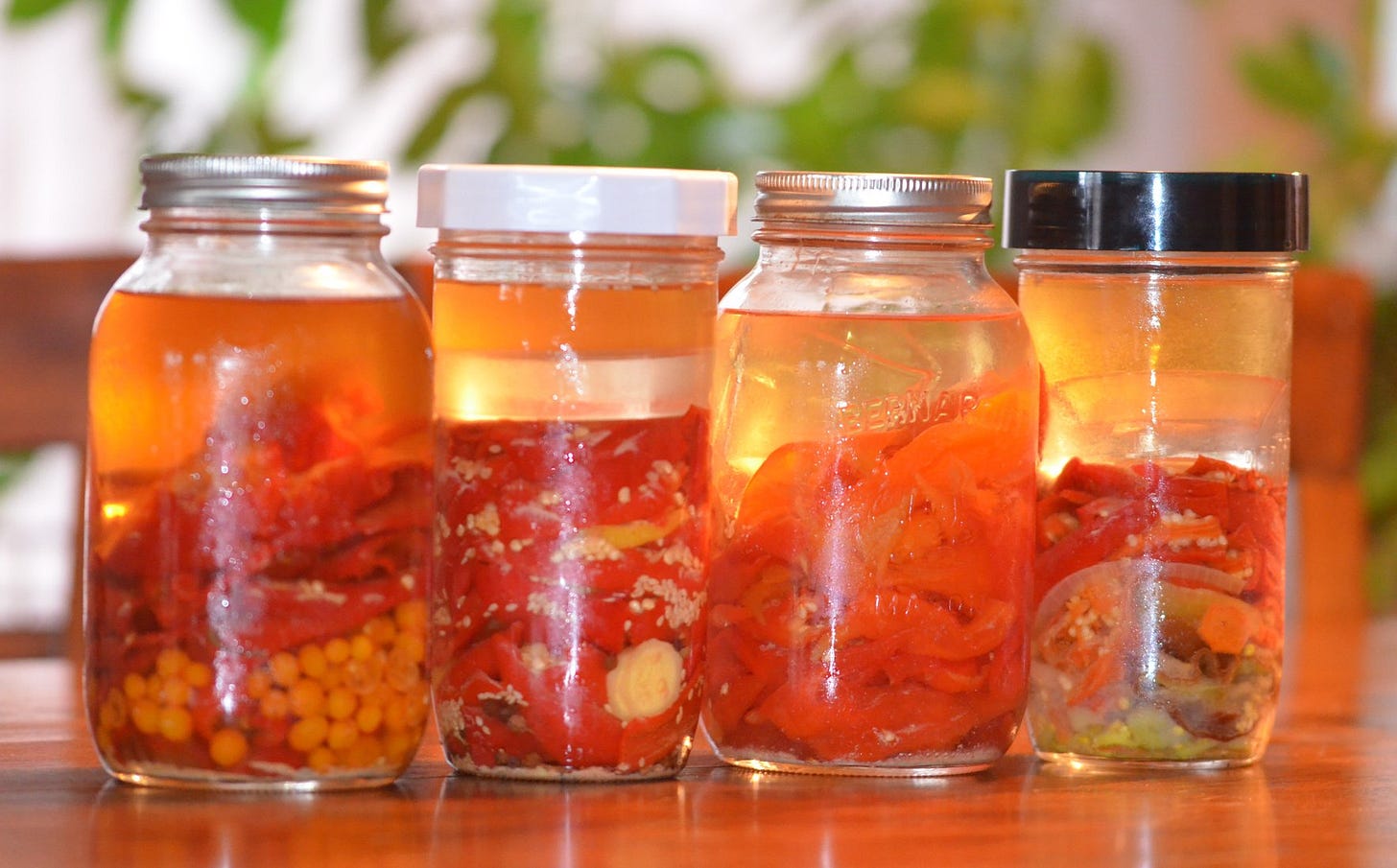
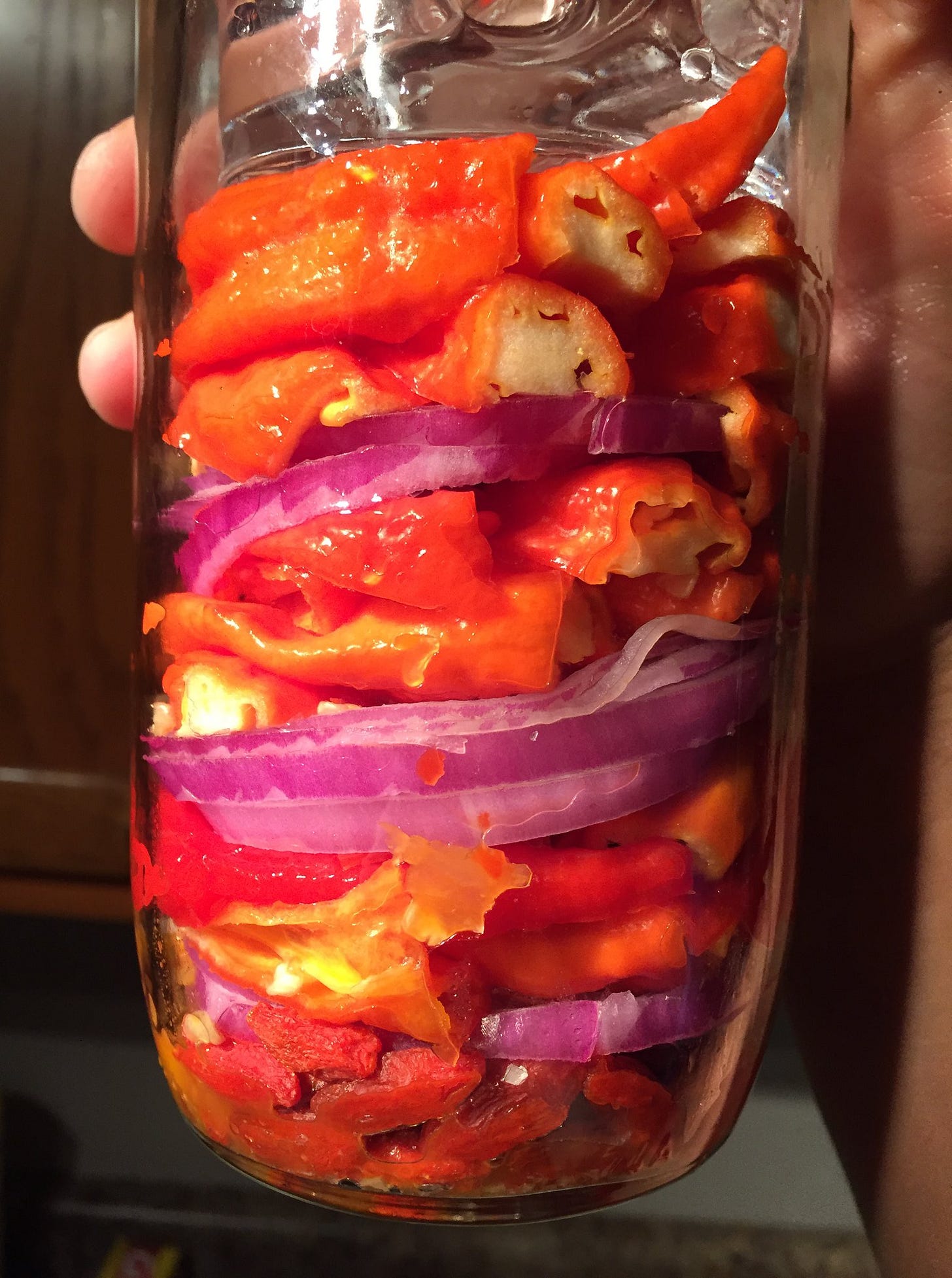
Okay that is is for me today ! I hope this inspires you to try fermenting some homegrown or farmer’s market peppers (store bought will work too) so you can increase their flavor, preserve their nutrients and add in probiotic benefits to the mix.
For those curious about why I am so enthusiastic about hot peppers and to learn more about their many health benefits, read:
Hot Peppers For Health
Of the genus Capsicum (hot peppers) offer a long list of benefits to human health and have a rich cultural history. Long before they were known to Europeans (and by extension modern Canadians and Americans) they were known as "chīlli" (also spelled as "xilli" in some regions) to the…
The recipe above is a upgraded/simplified version of a recipe from my book (cover shown in image below).
If you would like to have access to well over a hundred other fun and nutritious recipes like this there is info to where you can purchase either a physical or digital copy of my book below.

For those interested in purchasing a physical copy of the book you can do so through this link:
https://recipesforreciprocity.com/shop/softcover/





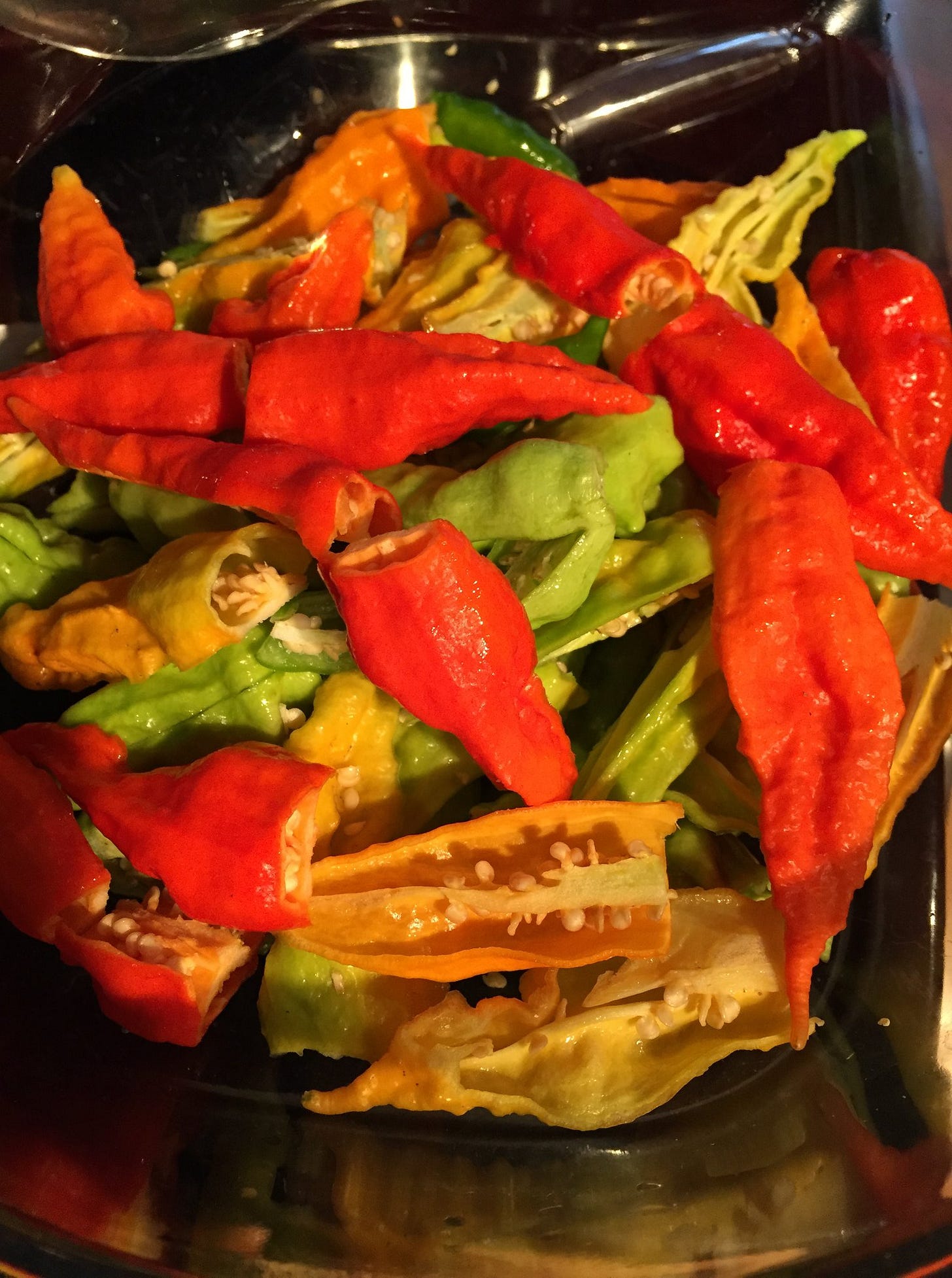
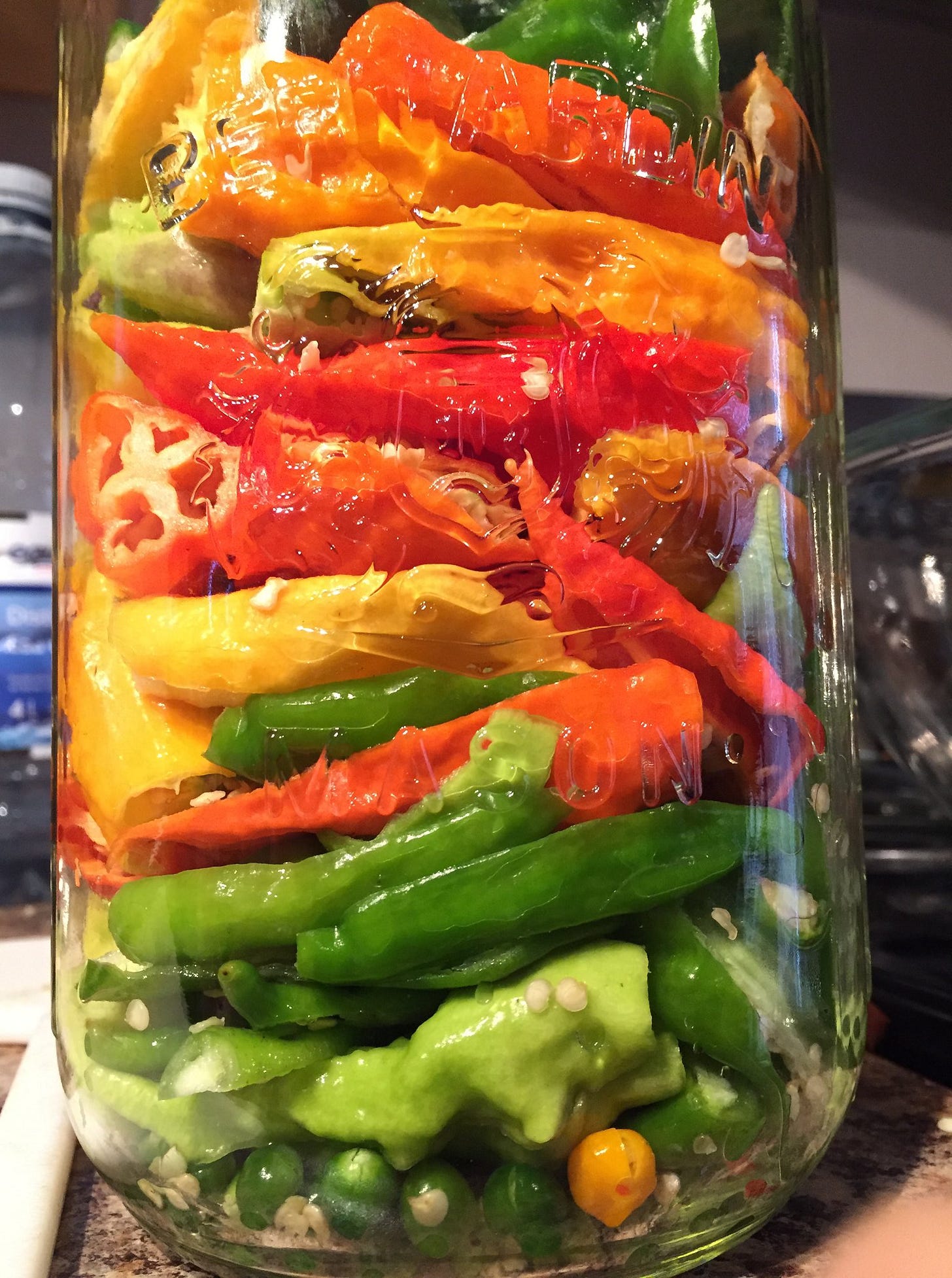
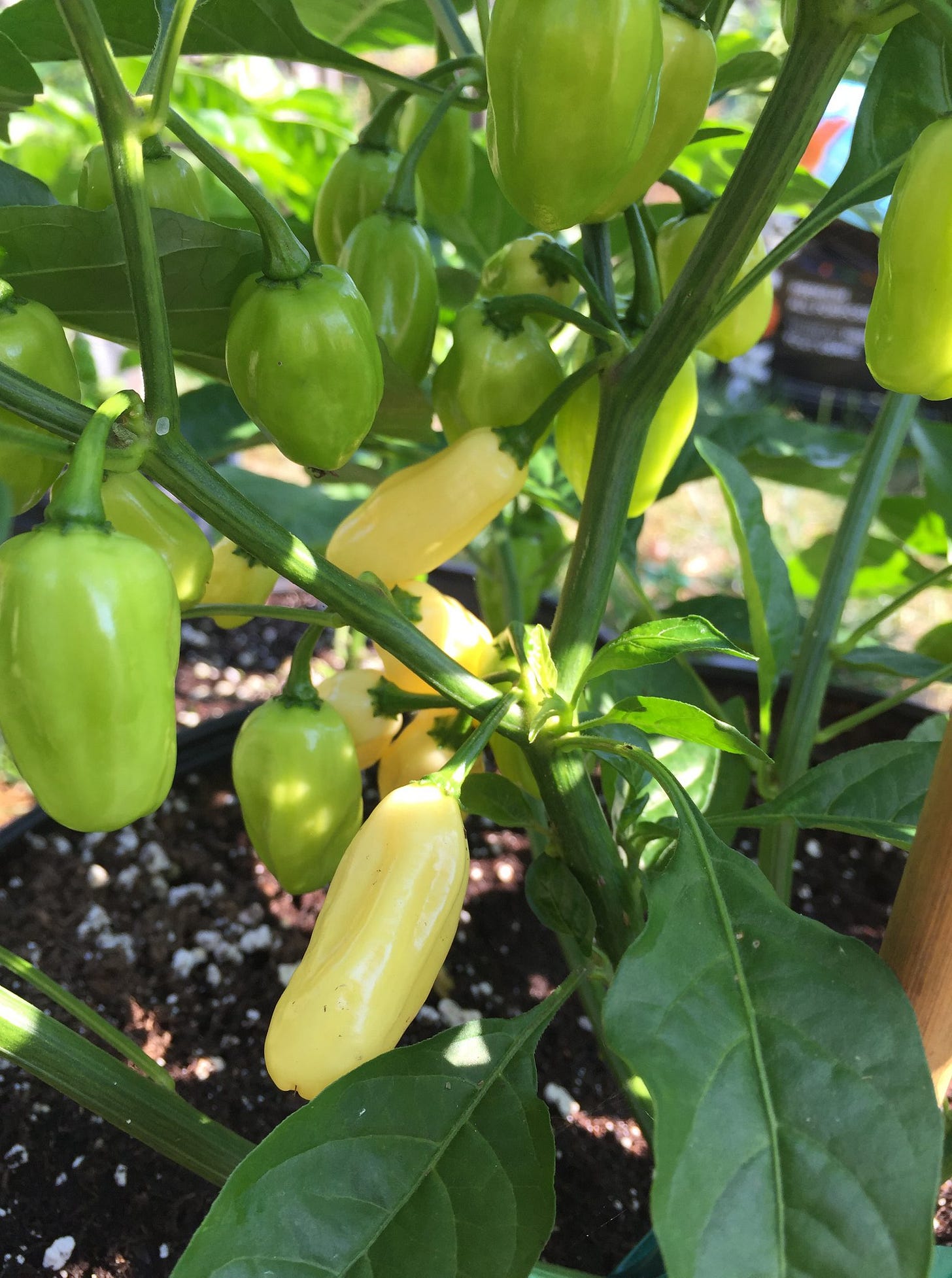
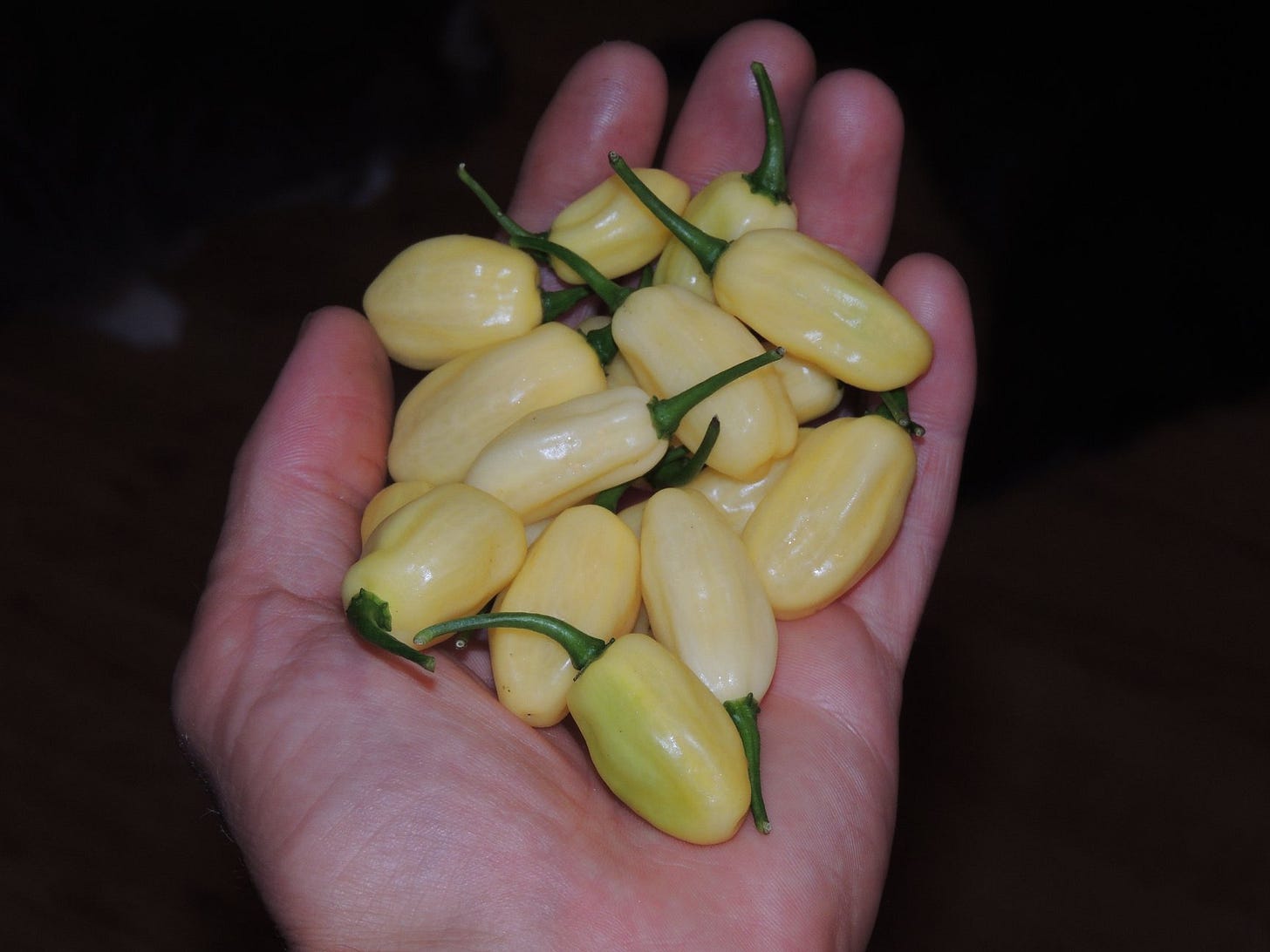
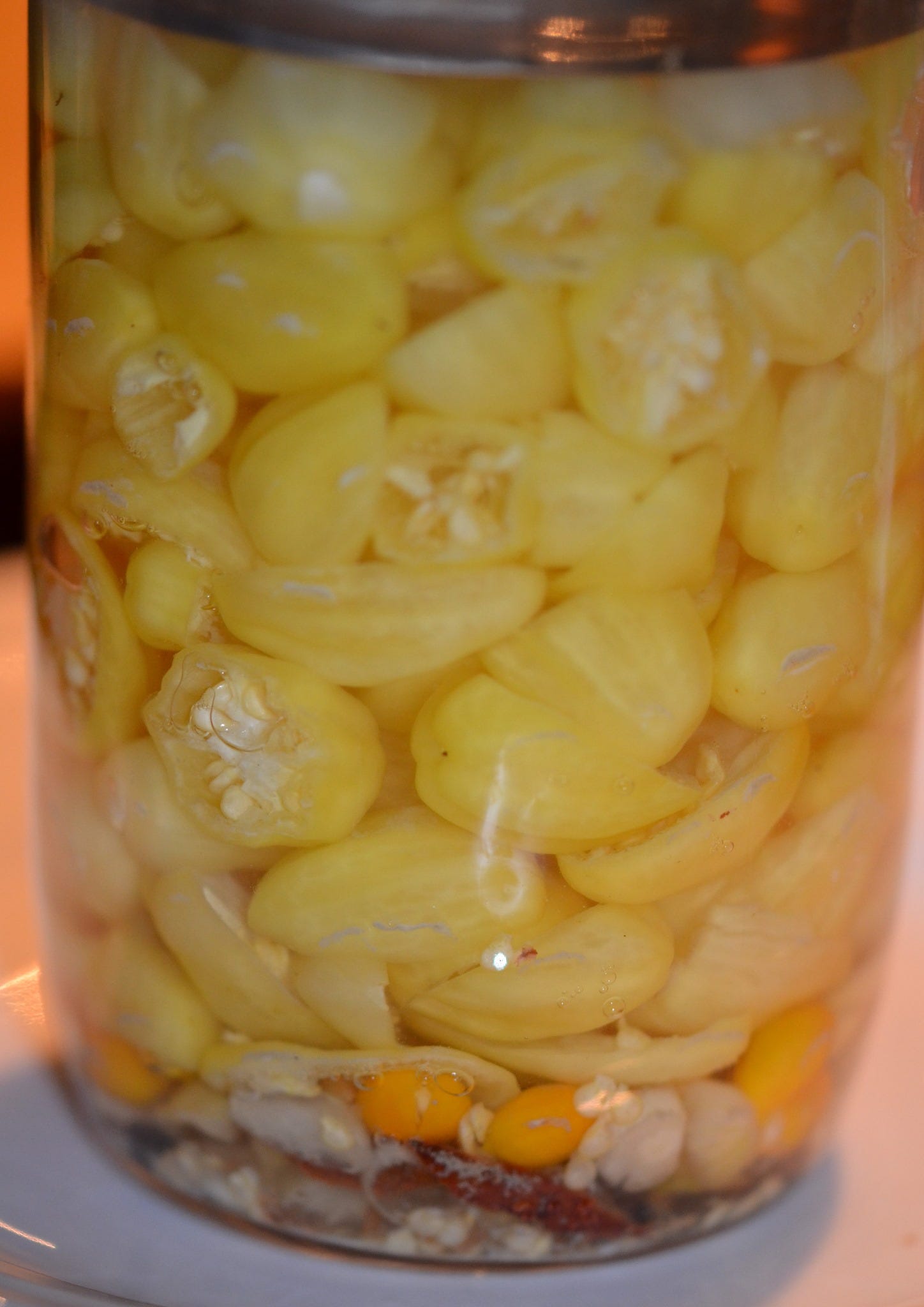

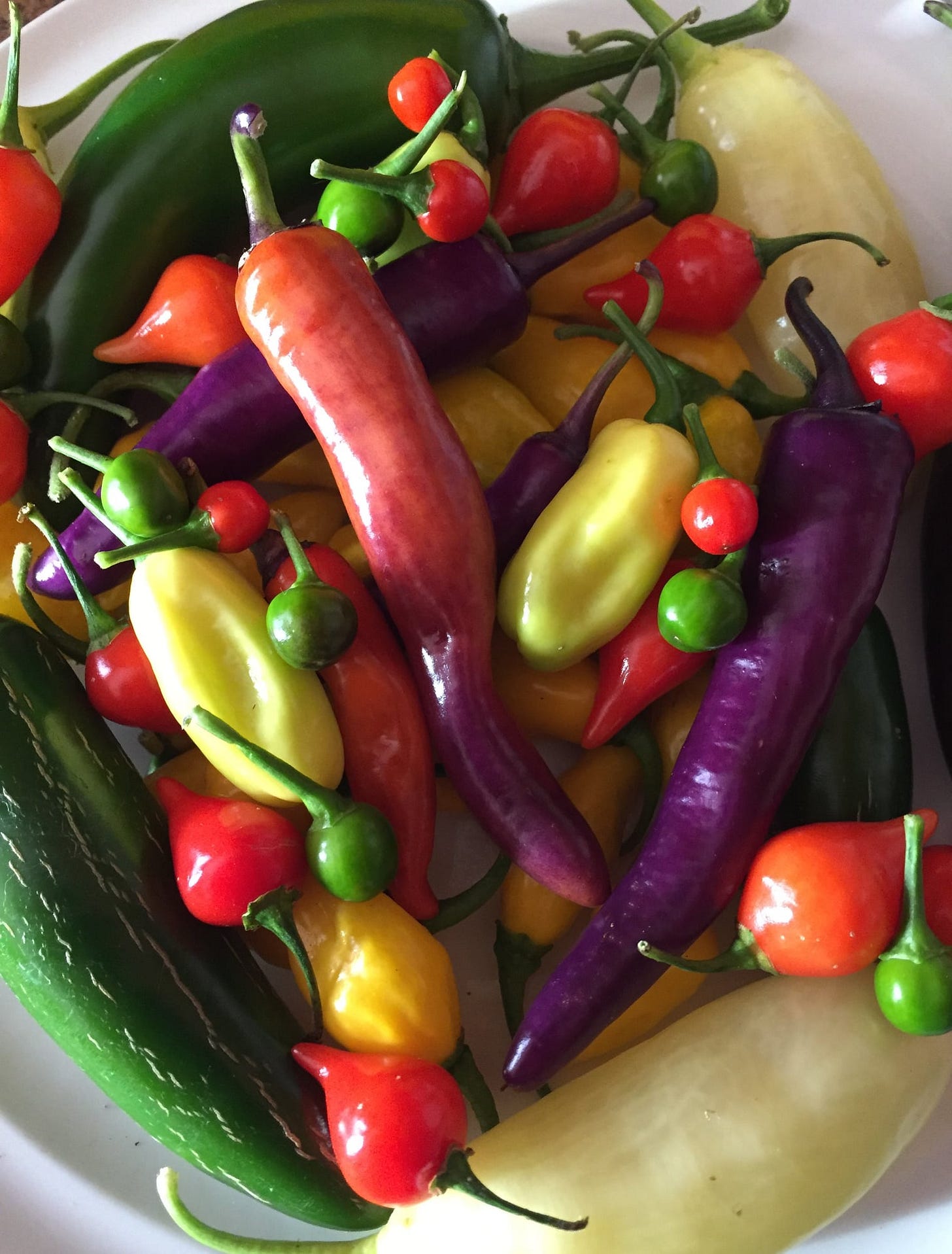
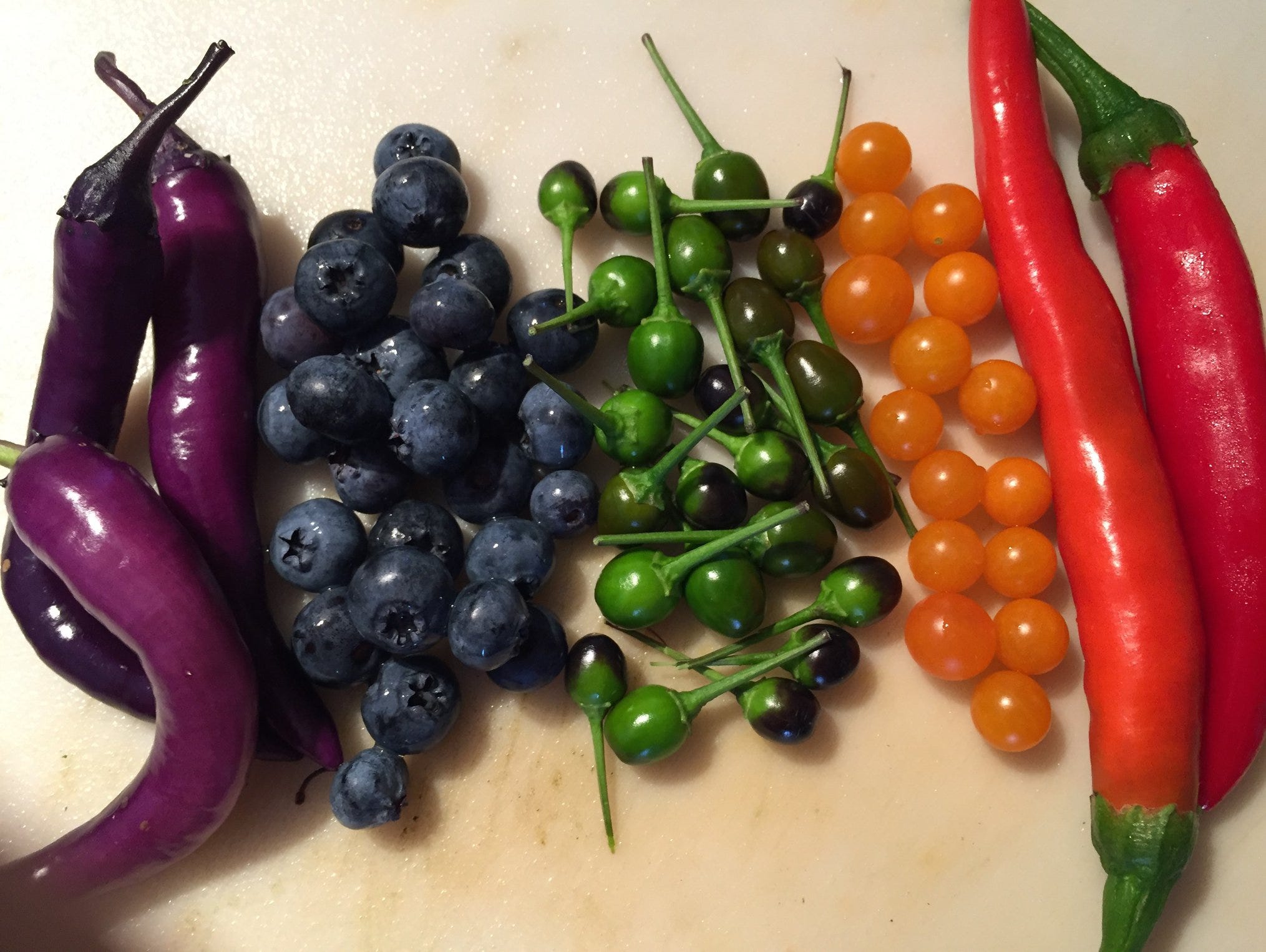
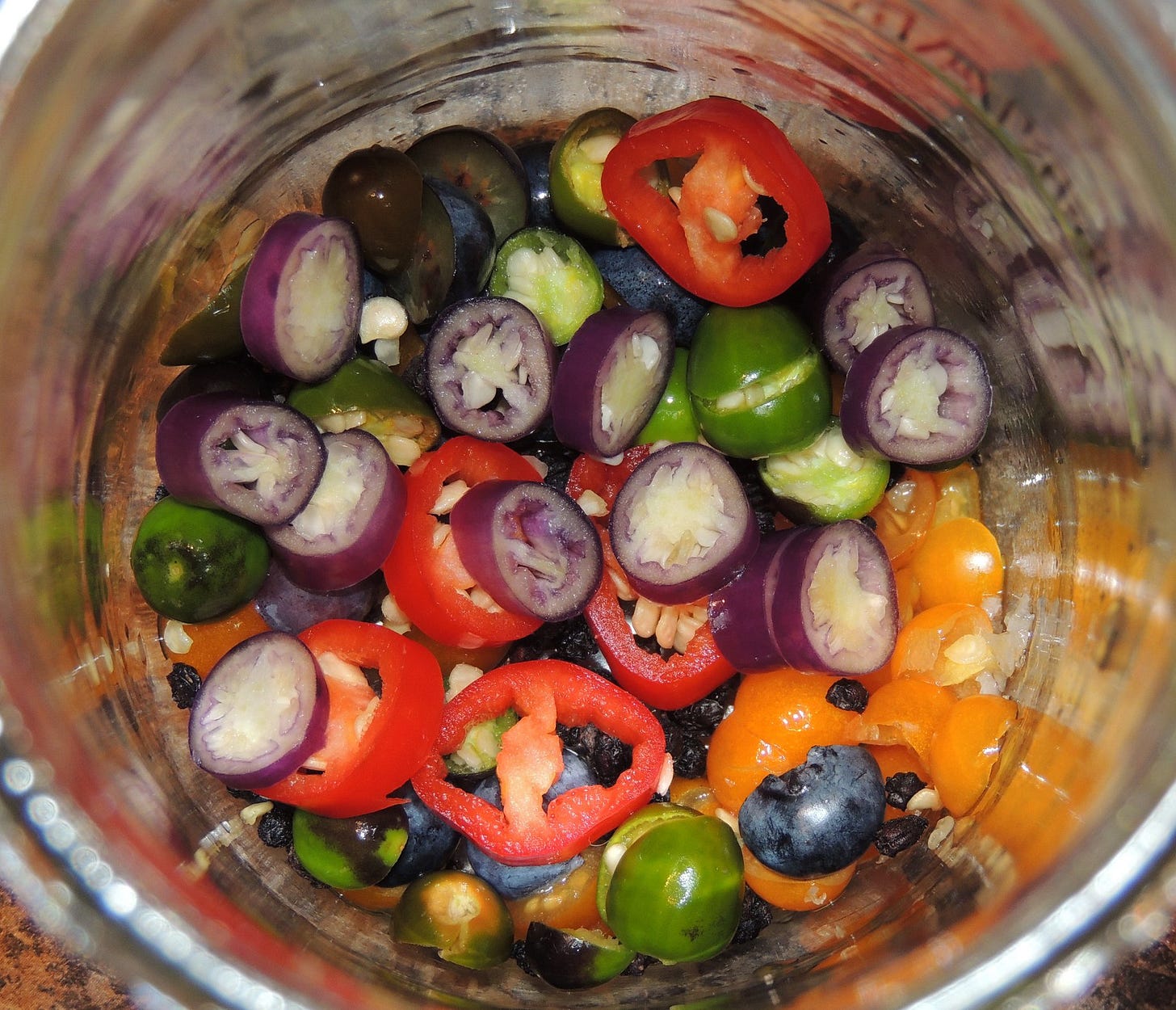
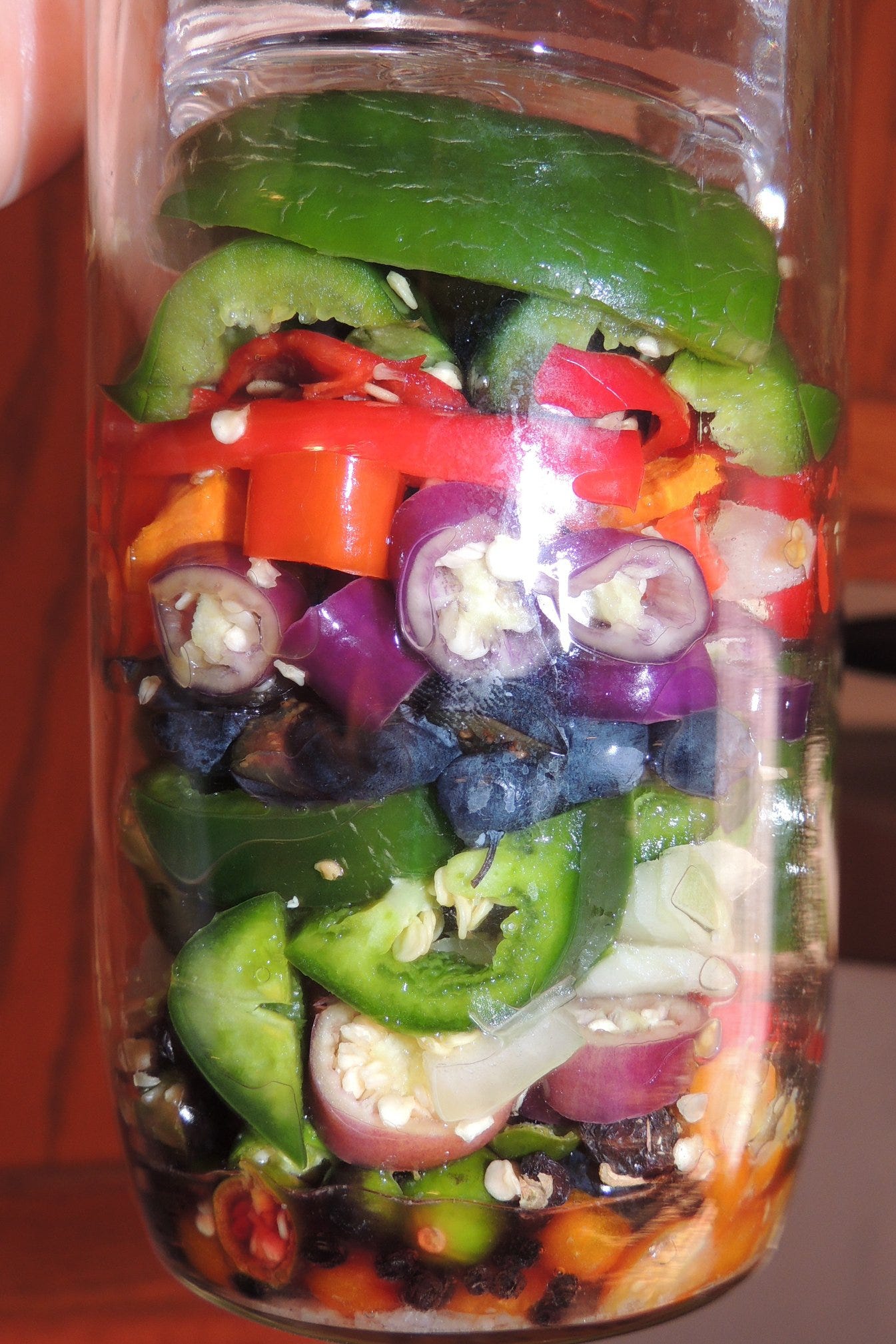
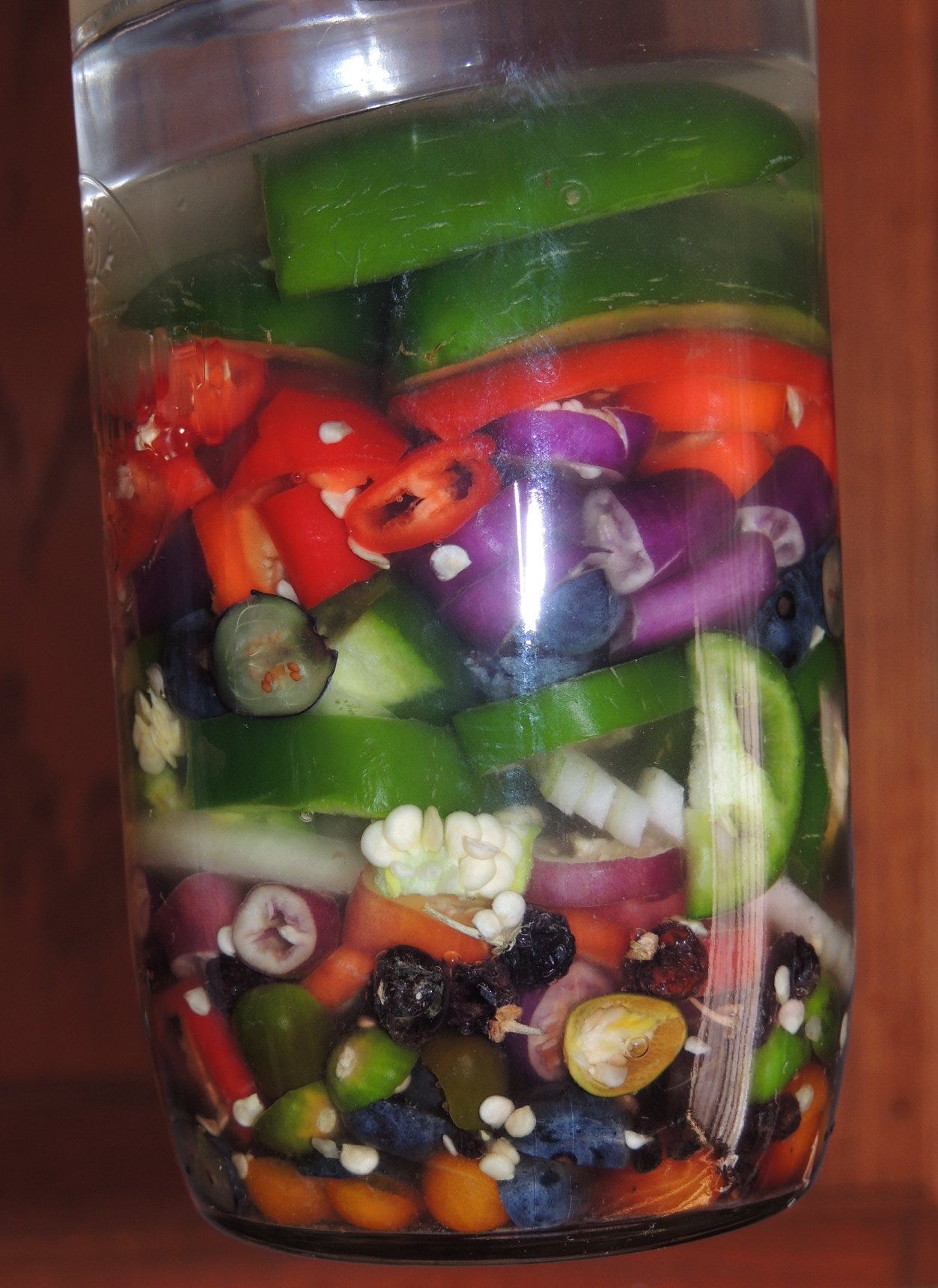


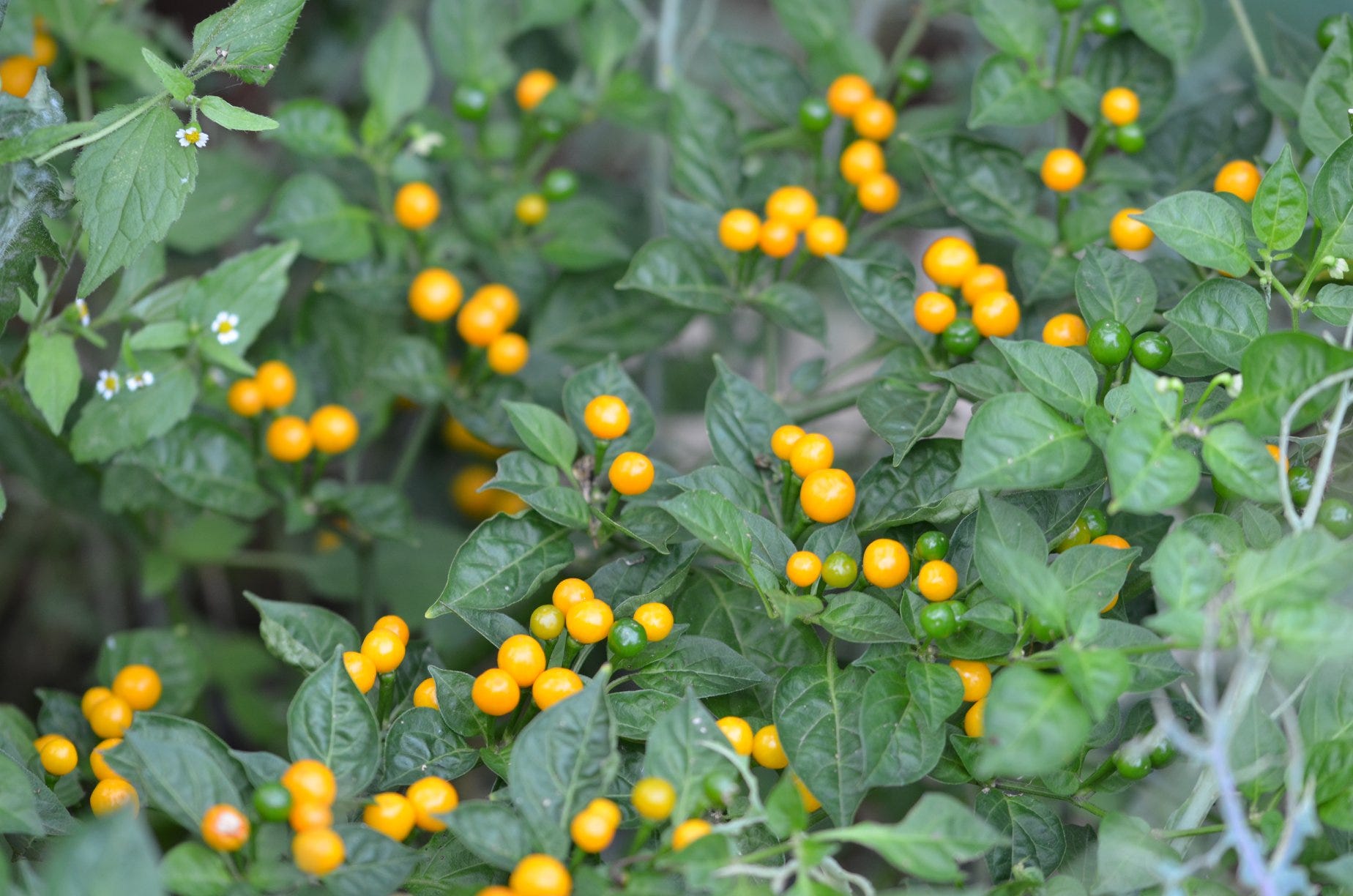
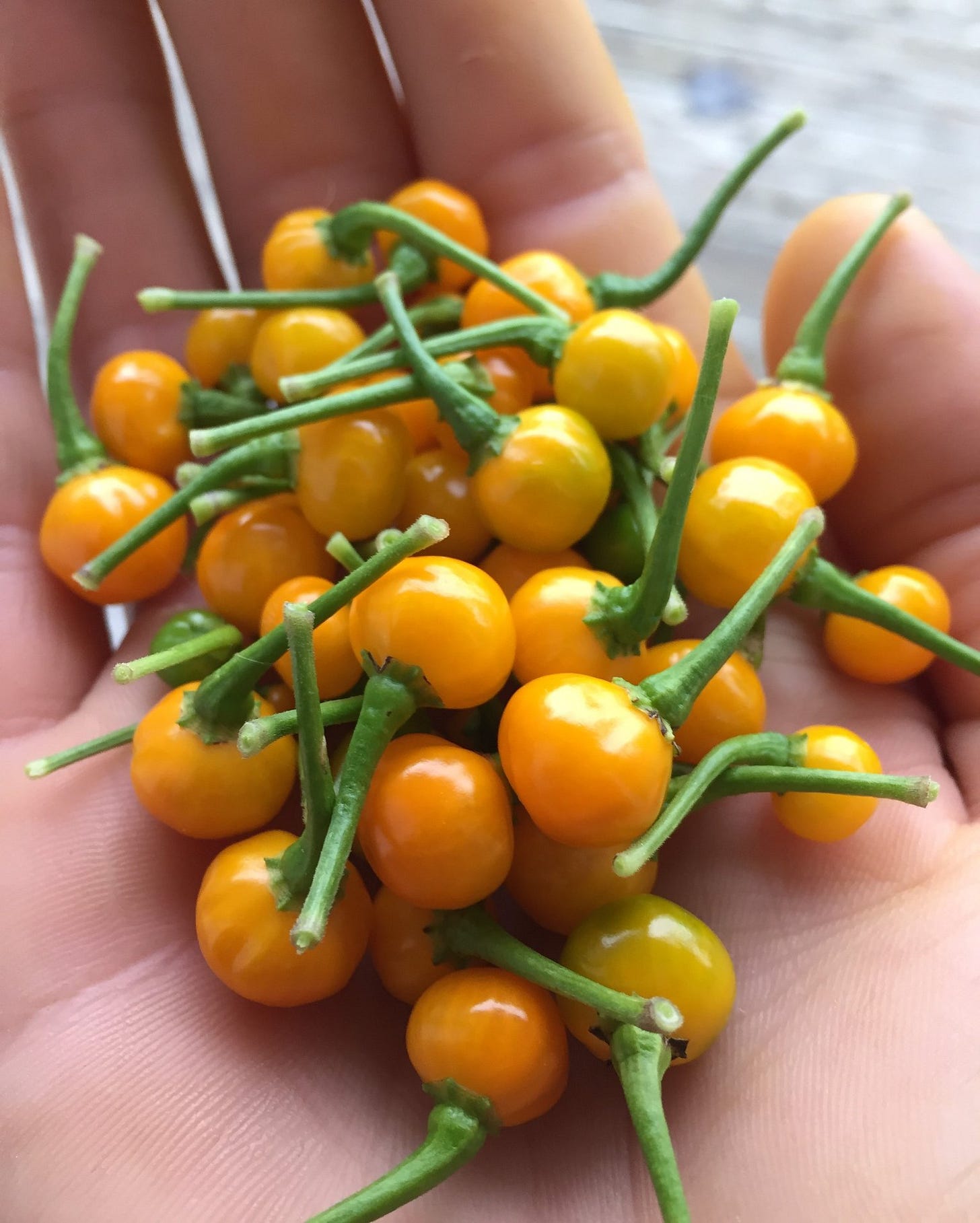
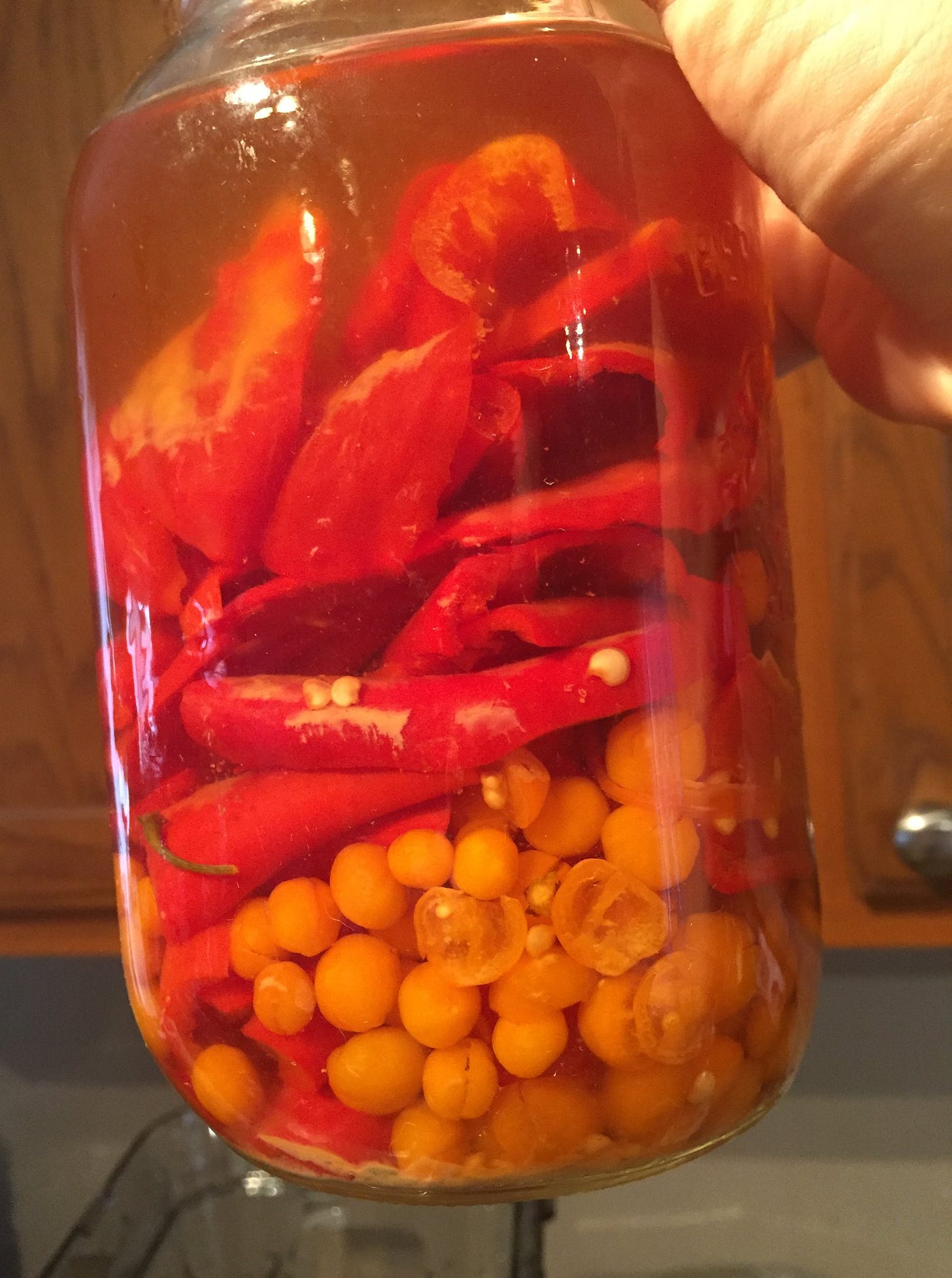
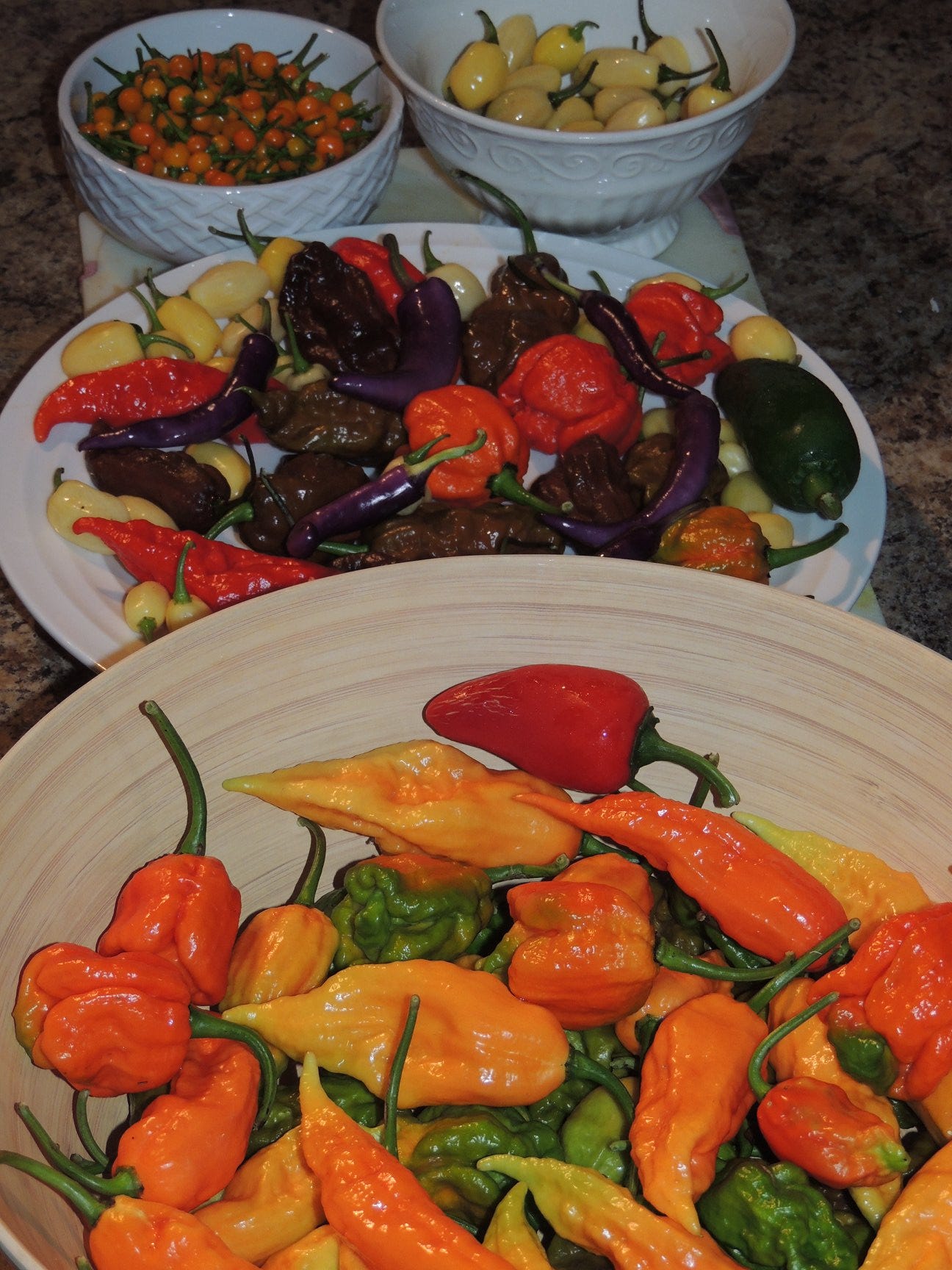
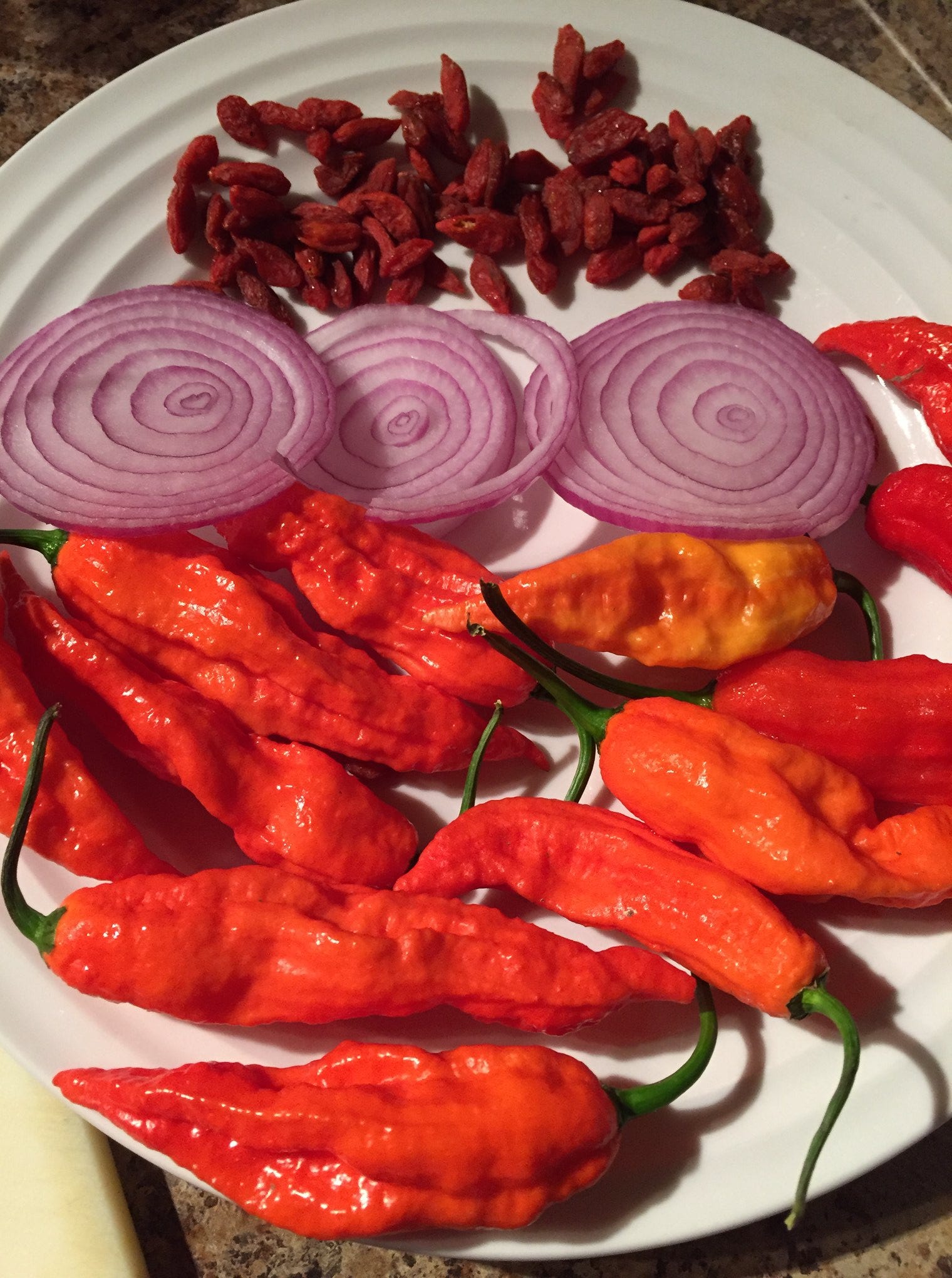
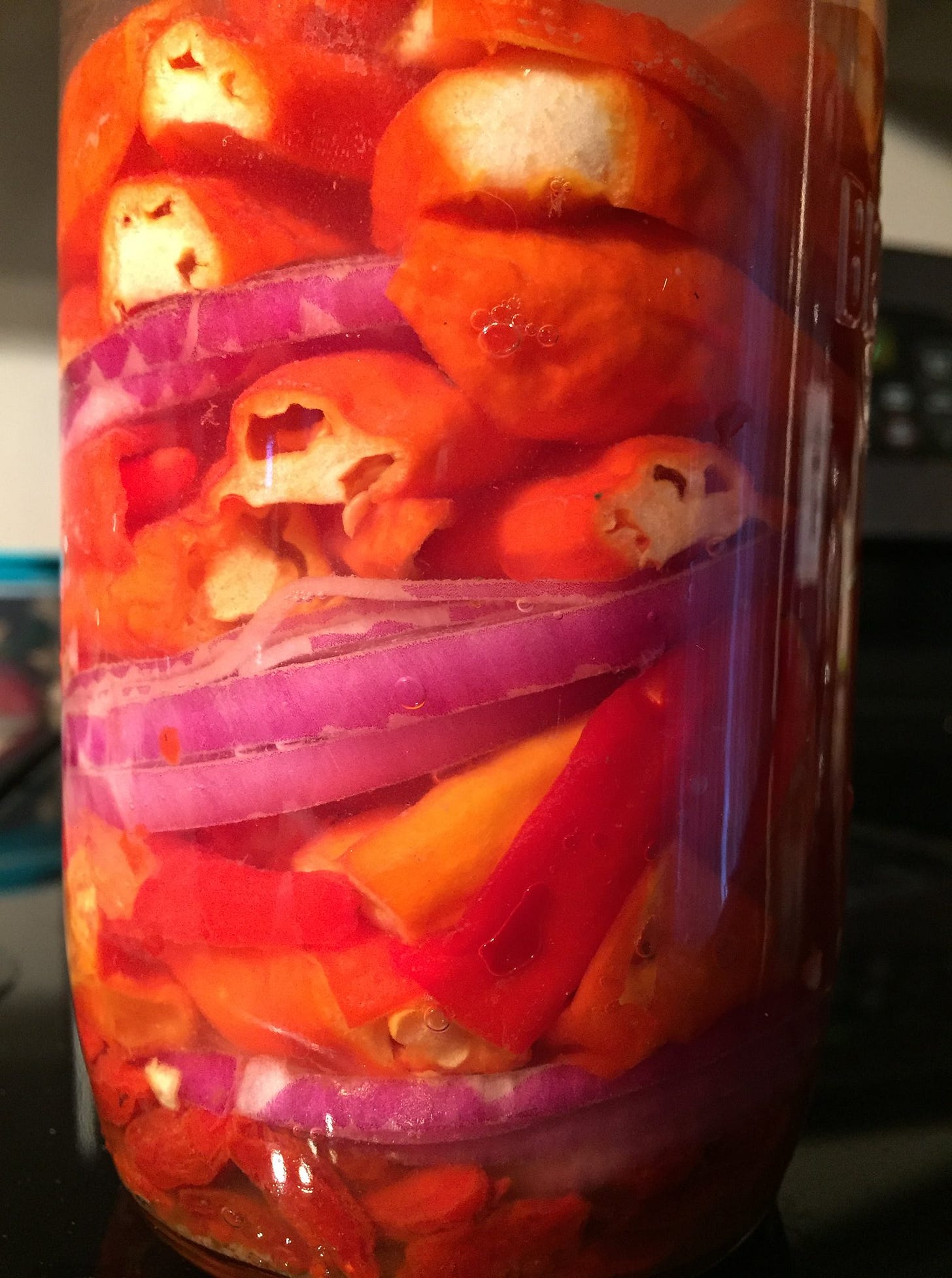
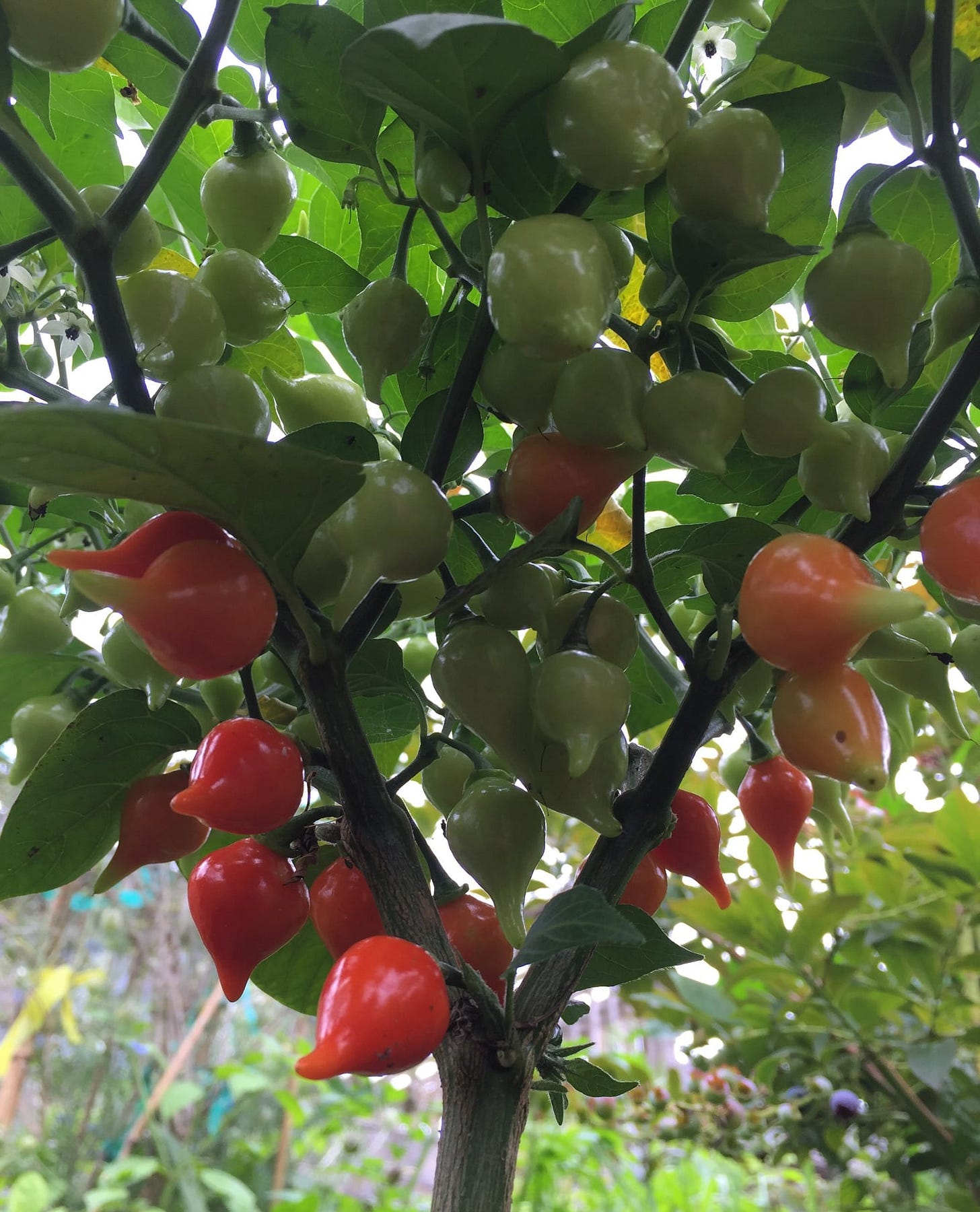
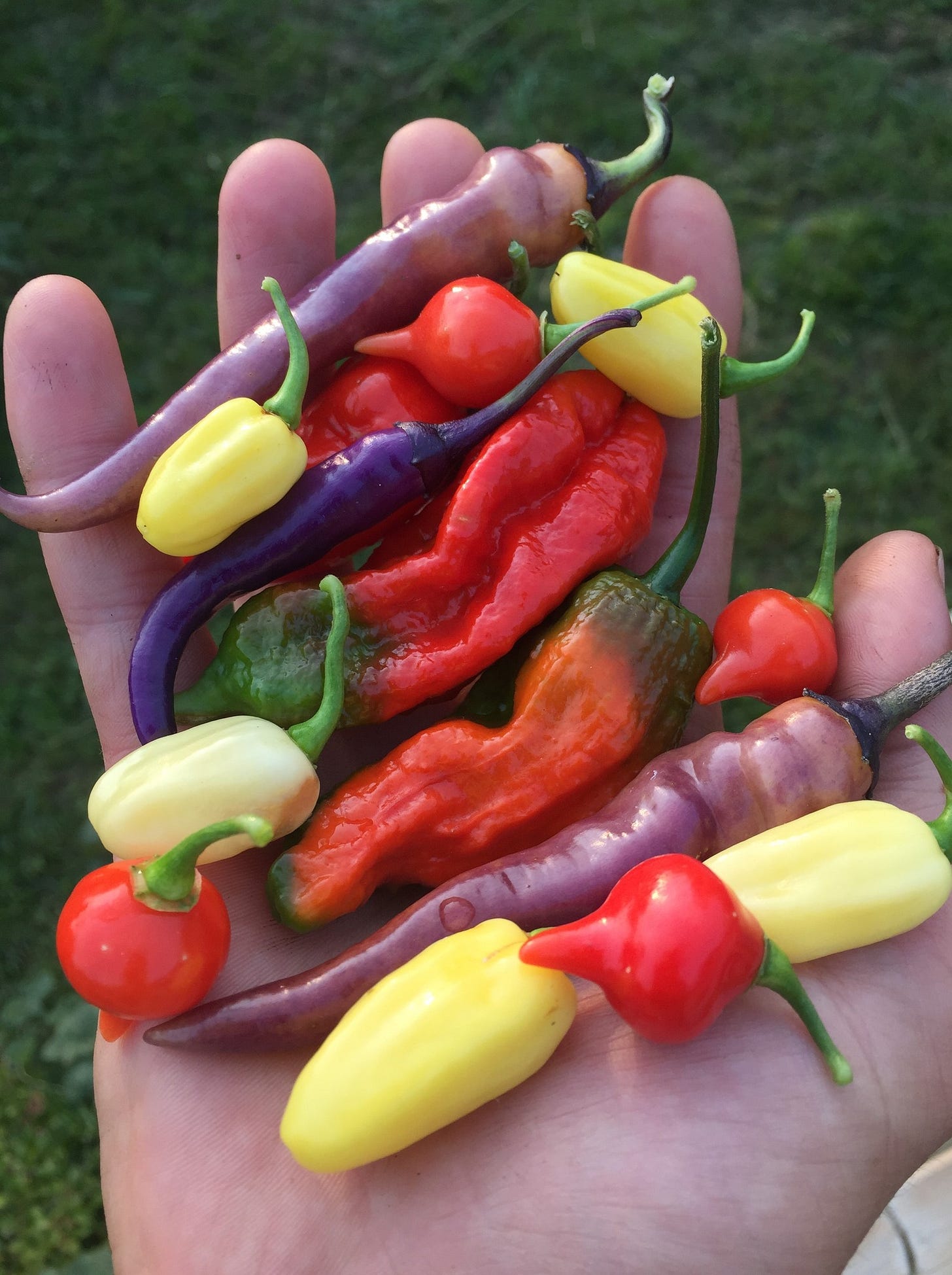
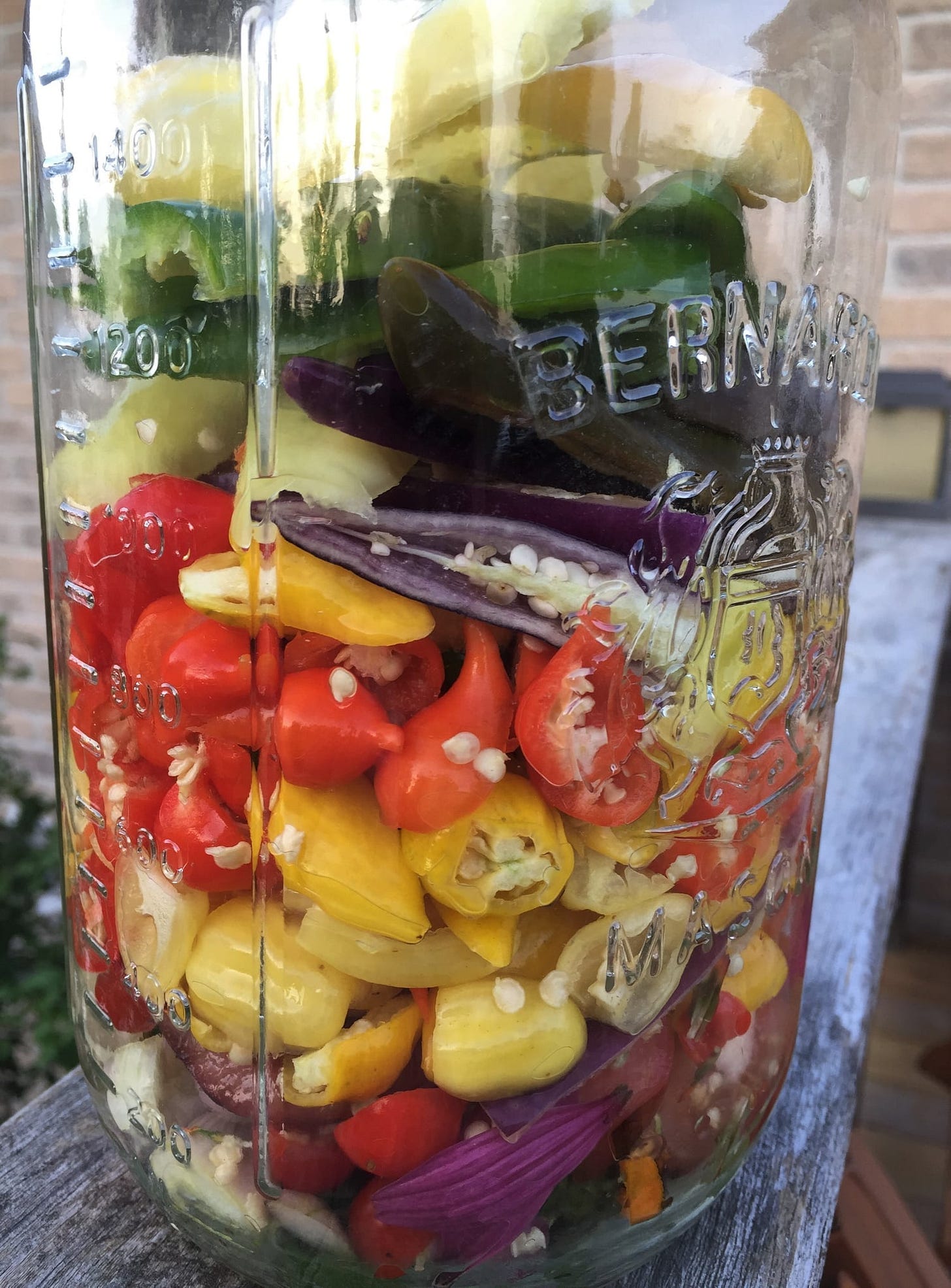

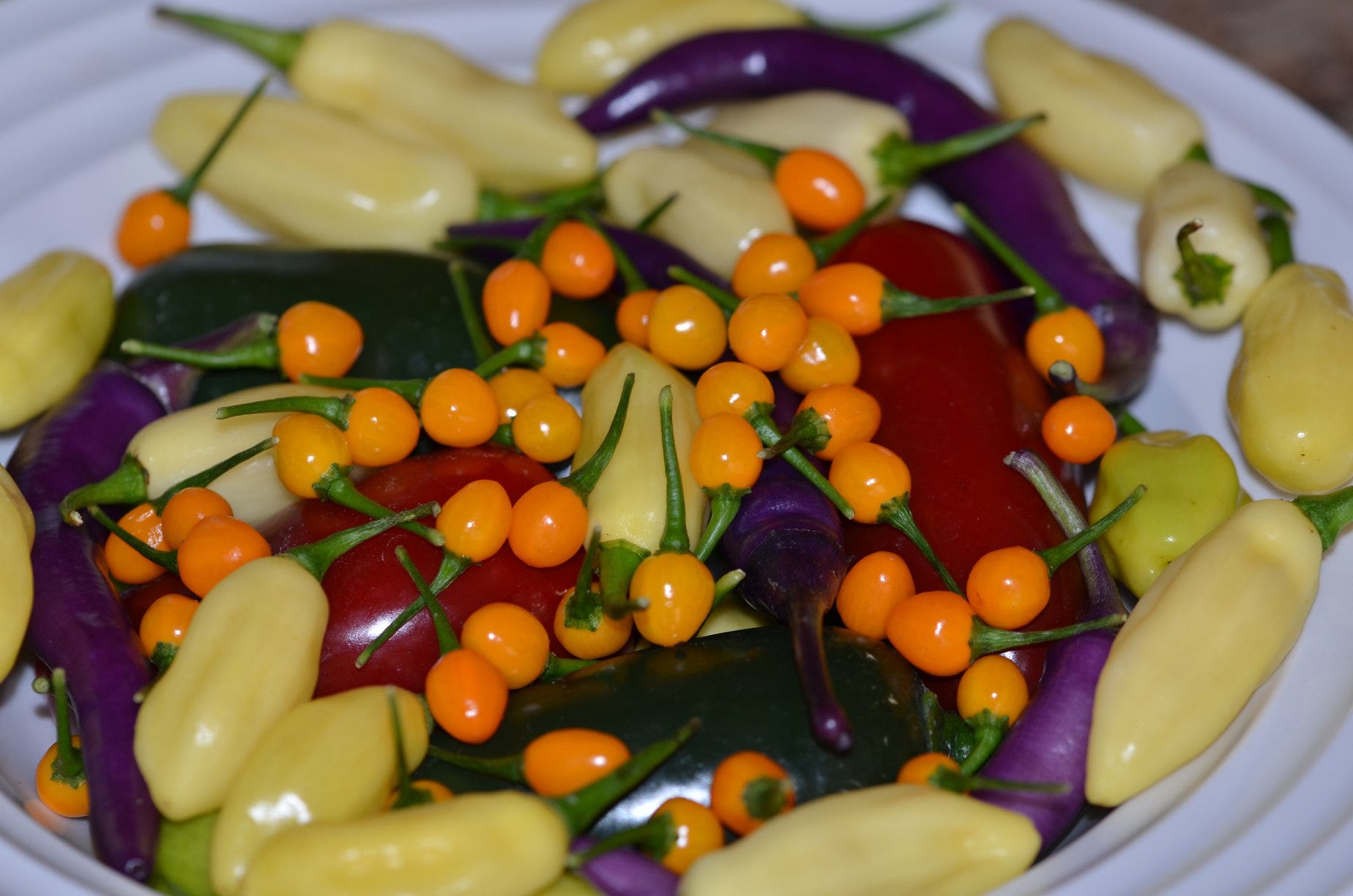
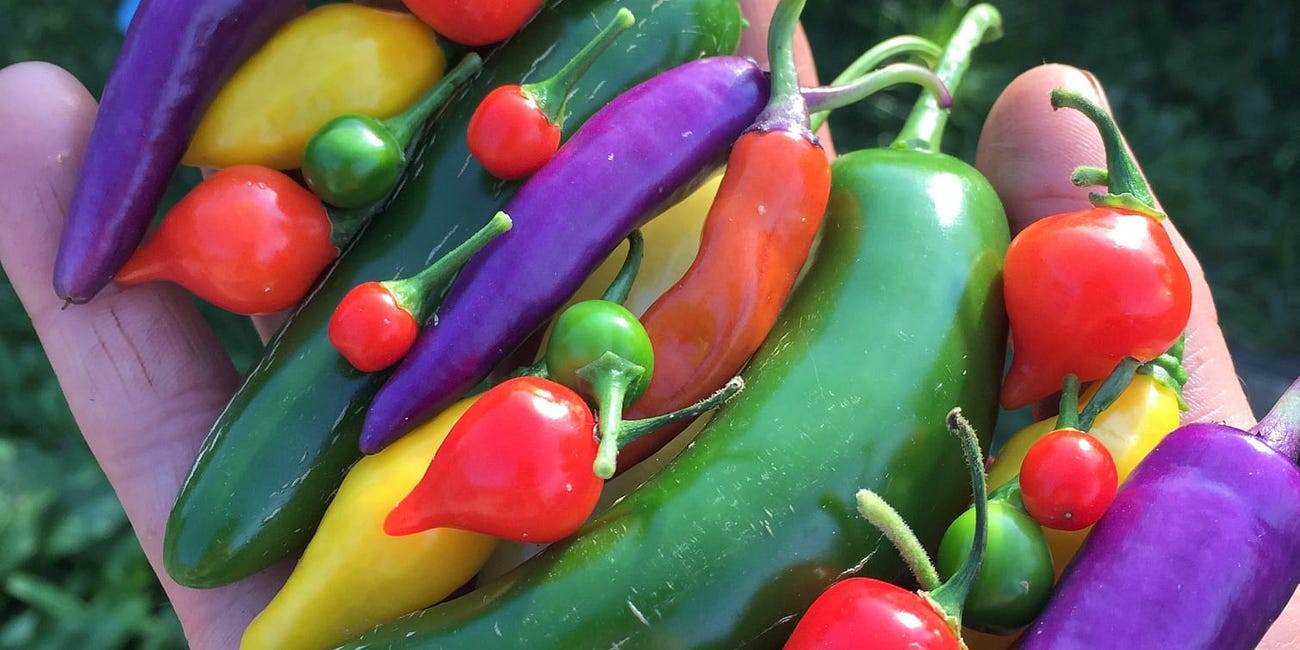
I do that with whole lemons also. Your post made me hungry for pickled jalapinos. they will clear your sinuses right away.
Excellent, thank you so much! The mash is what I’ve done in the past and I really like it. Had never heard of the brine before I saw your recipes, so I’m excited to try something new. I also smoked half of the peppers beforehand, also new and thanks to your recipes. The brine ferment is just 3 days old now and already smells and tastes amazing. I saw you don’t deseed yours first, so I tried that, thought it would be too hot, but doesn’t seem so yet. I wanted to be able to compare them different ways, so that’s three so far, will let you know!
Thanks so much for all the inspiration and a big soulful solstice to y’all—or whatever! 🤗